Physics XII CBSE
About the Course
Physics is that branch of science which deals with the nature and properties of matter and energy. The main matter of physics includes mechanics, heat, light and other radiation, sound, electricity, magnetism, and the structure of atoms.
Class – 12th course focus on - in depth understanding of the basic fundamentals to explore the fundamental laws and principles of Physics. The content is created in a concise manner which is best suited for the revision and reinforcement of syllabus.
Distinguishing features
-
- Topics have been grouped into articles and sequence of the topics has been maintained to keep the logical understanding of interrelated topic clear.
- All possible experimental verification has been discussed here in details considering relevant examples.
- At the end of every chapter summary has been provided with the aim of quick revision.
- Also every chapter has quiz with complete detailed solution with the motive to test your knowledge.
Learning Objectives
-
- Enhancing the school based knowledge of the student at early level.
- Making the course easy and sophisticated emphasizing competency based educational process.
- With this course the learner particularly explores responds invents and bring out the meaning to the relevant things.
- Students can construct sufficient knowledge of Physics.
- Overall holistic development of children studying the course.
- This course helps students to learn about many of the phenomena which they observe in their daily routine.
Requirements
-
- Refine their literary sensibility and enrich their aesthetic life through different literarygenres.
- Student should have different language notice.
- use a dictionary or library to access to difficult term.
Target Audience
-
- Who is learning physics in class XII - student of class 11th & 12th preparing for their Boards.
- This course mainly targets the age student preparing for some of the govt. examination particularly for teaching field.
1.Electric Charges and Fields
In this chapter we will be focusing on topics like electric charges, conservation of charge, Coulomb's law-force between two point charges, forces between multiple charges, superposition principle and continuous charge distribution, electric field, electric field due to a point charge, electric field lines, electric dipole, electric field due to a dipole, torque on a dipole in uniform electric field, electric flux .
2.Gauss's theorem
In this chapter we will study about area vector , solid angle, electric flux ,Gauss's theorem and its applications to find field due to infinitely long straight wire, uniformly charged infinite plane sheet and uniformly charged thin spherical shell (field inside and outside).
3.Electrostatic Potential
In this chapter we will study about electric potential , potential difference, electric potential due to a point charge, a dipole and system of electric charges, equipotential surfaces; electrical potential energy of a system of two point charges and dipole in an electrostatic field, conductors and insulators, free charges and bound charges inside a conductor, dielectrics and electric polarisation.
4.Capacitance
In this chapter we will study about capacitors and capacitance, combination of capacitors in series and in parallel, capacitance of a parallel plate capacitor with and without dielectric medium between the plates; energy stored in a capacitor.
5.Electric Current
In this chapter we will learn about electric current, flow of electric charges in a metallic conductor, drift velocity, mobility and their relation with electric current, Ohm's law, electrical resistance, V-I characteristics (linear and non-linear), electrical energy and power, electrical resistivity and conductivity, carbon resistors, colour code for carbon resistors; series and parallel combinations of resistors, temperature dependence of resistance. Internal resistance of a cell, potential difference and emf of a cell; combination of cells in series and in parallel.
6.Sources of EMF and Kirchhoff's laws
In this chapter we will study about Kirchhoff's laws and simple applications; Wheatstone bridge, metre bridge; Potentiometer-principle and its applications to measure potential difference and for comparing EMF of two cells, measurement of internal resistance of a cell.
7.Thermal Effect of Current
In this chapter we will be focusing on topics thermal effect of current and Joule's Law, electric energy and power, power rating of a resistor, maximum power theorem.
8.Moving Charges and Magnetism
In this chapter we will study about concept of magnetic field, Oersted's experiment; Biot-Savart law and its application to current carrying circular loop; Ampere's law and its applications to infinitely long straight wire; straight and toroidal solenoids (only qualitative treatment), force on a moving charge in uniform magnetic and electric fields, cyclotron force on a current-carrying conductor in a uniform magnetic field, force between two parallel current carrying conductors-definition of ampere, torque experienced by a current loop in uniform magnetic field, moving coil galvanometer-its current sensitivity and conversion to ammeter and voltmeter.
9.Magnetism and Matter
In this chapter we will be focusing on topics like current loop as a magnetic dipole and its magnetic dipole moment, magnetic dipole moment of a revolving electron, magnetic field intensity due to a magnetic dipole (bar magnet) along its axis and perpendicular to its axis, torque on a magnetic dipole (bar magnet) in a uniform magnetic field, bar magnet as an equivalent solenoid; magnetic field lines; Earth's magnetic field and magnetic elements; para-, dia- and ferro-magnetic substances, with examples, electromagnets and factors affecting their strengths, permanent magnets.
10.Electromagnetic Induction
In this chapter we will study about electromagnetic induction , Faraday's law ,induced EMF and current, Lena's law, Eddy currents, self and mutual induction.
11.Alternating Current
In this chapter we will learn about alternating currents, peak and RMS value of alternating current/voltage; reactance and impedance LC oscillations (qualitative treatment only); LCR series circuit resonance power in AC circuits, power factor, wattless current.
12.Electrical Machine and Devices
In this chapter we will learn about transformer, AC generator and dynamo.
13.Electromagnetic Waves
In this chapter we will gain knowledge of topics like Basic idea of displacement current, Electromagnetic waves, their characteristics, their transverse nature(qualitative ideas only), electromagnetic spectrum (radio waves, microwaves, infrared, visible, ultraviolet, X-rays, gamma ray) including elementary facts about their uses.
14.Huygen's Principle and Interference.
In this chapter we will learn about - Wave optics: Wave front and Huygen's principle, reflection and refraction of plane wave at a plane surface using wave fronts; proof of laws of reflection and refraction using Huygen's principle, interference, Young's double slit experiment and expression for fringe width, coherent sources and sustained interference of light.
15.Diffraction and Polarisation of Light
In this chapter we will learn about diffraction due to a single slit; width of central maximum, resolving power of microscope and astronomical telescope, polarisation; plane polarised light, Brewster's law, uses of plane polarised light and Polaroids.
16.Particle nature of radiation.
In this chapter we will study about dual nature of radiation; Photoelectric effect; Hertz and Lenard's observations; Einstein's photoelectric equation-particle nature of light; photoelectric cell (Optional Reading).
17.Wave nature of matter
In this chapter we will learn about matter waves - wave nature of particles, de Broglie relation; Davisson-Germer experiment (only conclusion )
18.Atom
In this chapter we will mainly focus on topics like alpha particle scattering experiment, Rutherford's model of atom, Bohr model; energy levels, hydrogen spectrum .
19.Nuclei
In this chapter we will gain knowledge of topics like composition and size of nucleus; radioactivity alpha beta and gamma particles/rays and their properties; radioactive decay Law ; Mass-energy relation; mass defect binding energy per nucleon and its variation with mass number nuclear fission; nuclear fusion.
20.Solid and semiconductor devices
In this chapter we will gain knowledge of topics like Energy bands in conductors, semiconductors and insulators (qualitative ideas only); semiconductor diode-I-V characteristics in forward and reverse bias diode as a rectifier; special purpose p-n junction diodes : LED, photodiode, solar cell and Zener diode and their characteristics , zener diode as a voltage regulator; junction transistor, transistor action; characteristics of a transistor and transistor as an amplifier(common emitter configuration)
21.Digital Electronics
In this chapter we will mainly focus on basic idea of analog and digital signals Logic gates (OR, AND, NOT. NAND and NOR)
22.Communication Systems
In this chapter we will learn about elements of a communication system (block diagram only); bandwidth of signals (speech. TV and digital data); bandwidth of transmission medium; Propagation of electromagnetic waves in the atmosphere; sky and space wave propagation, satellite communication; need for modulation, amplitude modulation.


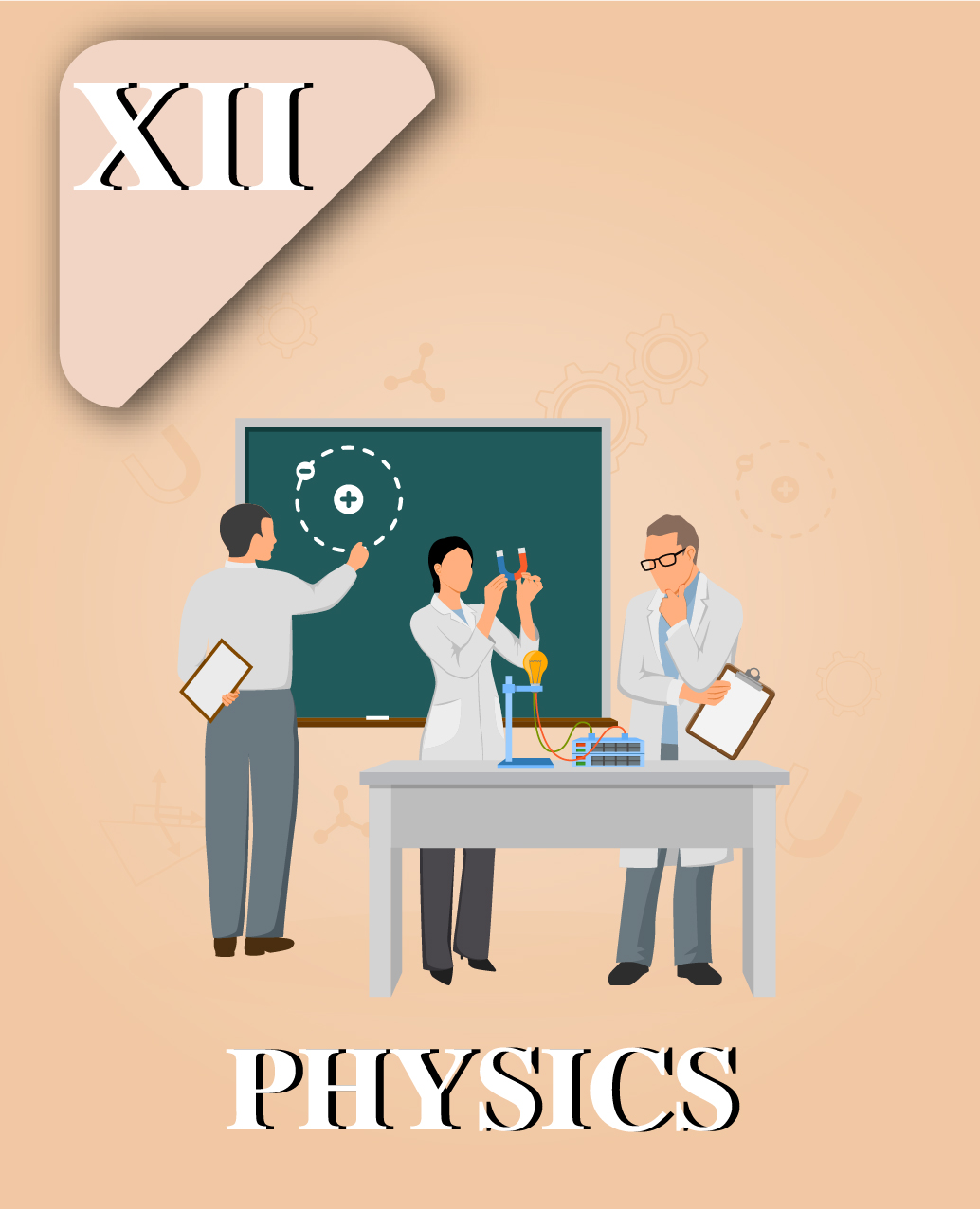
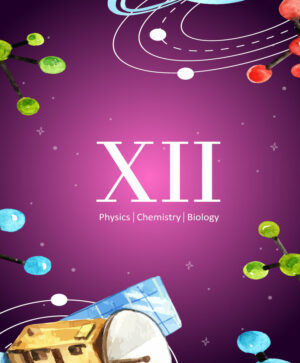
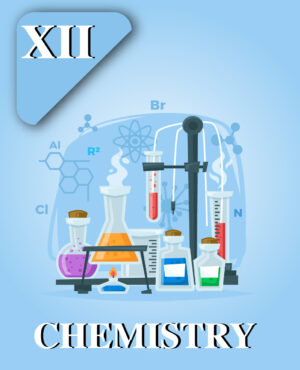
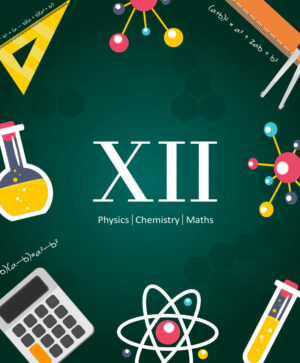
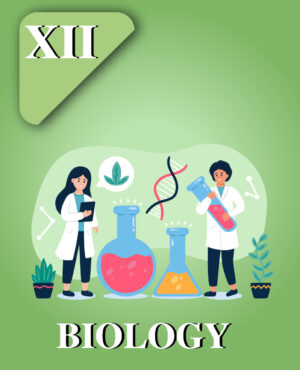
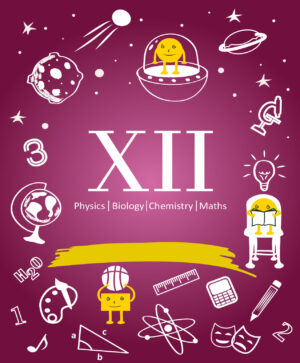
Reviews